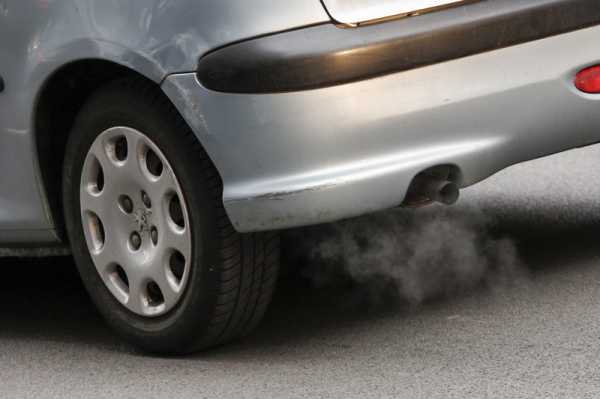
The burden of air pollution also falls disproportionally on the most vulnerable in our society, with social and economic inequalities being linked to exposure to poorer air quality (Photo: European Parliament)
Despite good progress in improving the air we breathe, poor air quality remains a risk for Europeans’ health. As well as causing deaths, for example due to cancer and heart disease, air pollution significantly affects the quality of life of people living with diseases such as asthma and diabetes.
Overall, air pollution continues to pose the greatest environmental risk to people’s health in Europe. This was made clear at the recent EU Clean Air Forum in Rotterdam, where experts, national and EU political leaders and activists called for stepped up action to address polluted air, especially in our cities.
The fact is that the number of deaths due to exposure to air pollution remains too high. According to the latest estimates by the European Environment Agency, at least 253,000 deaths in the EU in 2021 were attributable to exposure to fine particulate matter (PM2.5) levels above the WHO guideline value of 5 µg/m3. In the same year, nitrogen dioxide pollution led to 52,000 deaths and short-term exposure to ozone led to 22,000 attributable deaths in the EU.
The actual harm related to air pollution is even higher as we know that pollution below the WHO guideline levels is also likely to negatively impact our health. We should also not forget the impact pollution has in causing or worsening existing chronic illnesses, and the significant costs it continues to put on our healthcare systems.
The burden of air pollution also falls disproportionally on the most vulnerable in our society, with social and economic inequalities being linked to exposure to poorer air quality. Children and the elderly tend to suffer the worst health consequences from breathing in polluted air, whilst people on lower incomes often live in the most polluted areas.
Add to this the increasing impacts of climate change, like the heatwaves we have seen over recent years, or emissions from climate-change related forest fires, which also exacerbate the problem.
The risks posed by air pollution can also be increased by changes in weather patterns. For example, ground-level ozone concentrations can increase during hot and dry periods. Decreasing rainfall in parts of Europe can also reduce the dilution and deposition of particulate matter, resulting in higher airborne concentrations.
Cocktail of pollution plus heat
In particular, the combined impacts of air pollution and extreme heat can result in higher mortality rates, particularly for the elderly and people with existing illnesses. The increased risk associated with combined exposure further calls for even more urgent action to reduce air pollution, reducing related illness and increasing the capacity of the population to cope with higher temperatures.
The cocktail of pollution and heat is particularly serious in cities, where air quality is poor, and the urban heat island effect leads to even higher local temperatures.
This is why it is so important that decision makers at European, national, and local levels are fully aware of the impacts air pollution is having on citizens’ health as well as on ecosystems, and of the urgency to protect those most affected. Better public awareness of the health impacts of air pollution can also help create greater support for new policies and actions to improve air quality.
Thanks to EU legislation, including the Ambient Air Quality Directives, and action at national, regional, and local levels, the number of deaths attributable to exposure to fine particle pollution in the EU has nearly halved in the past two decades.
Sign up for EUobserver’s daily newsletter
All the stories we publish, sent at 7.30 AM.
By signing up, you agree to our Terms of Use and Privacy Policy.
Europe is on track to achieve its zero-pollution action plan target of reducing these deaths by 55 percent by 2030, compared to 2005.
Yet, reaching this target will still leave a significant number of deaths occurring every year, and the ultimate vision is to reduce pollution to levels that are no longer harmful to health. Achieving this goal by 2050 will require significant additional actions.
To protect the health of our citizens, the EU and all our member countries should aim to achieve the WHO guidelines on air pollution.
Strengthening the existing standards in EU legislation will support this objective as well as actions to reduce greenhouse gas emissions in line with the EU climate goals. The European Environment Agency remains committed to supporting these efforts, providing relevant and reliable knowledge for policymakers and the European public.
Source: euobserver.com



